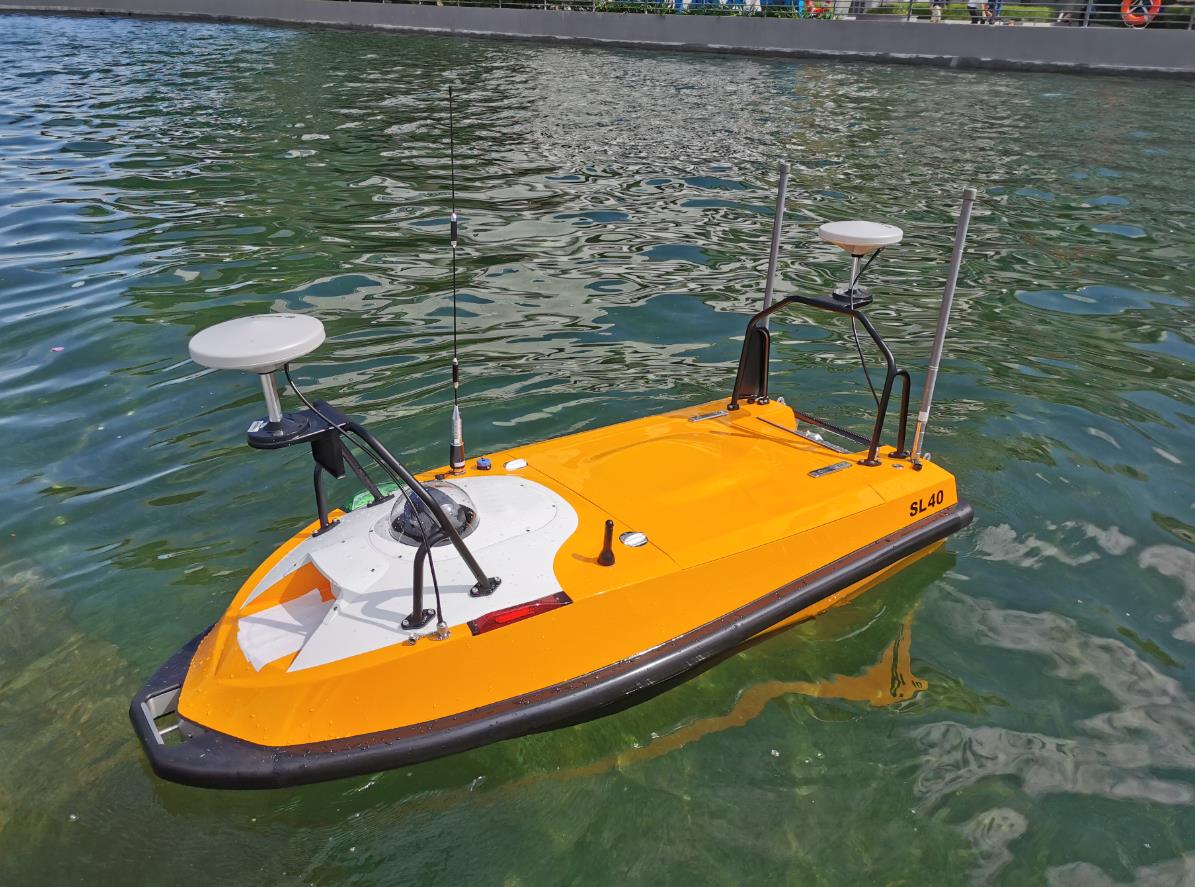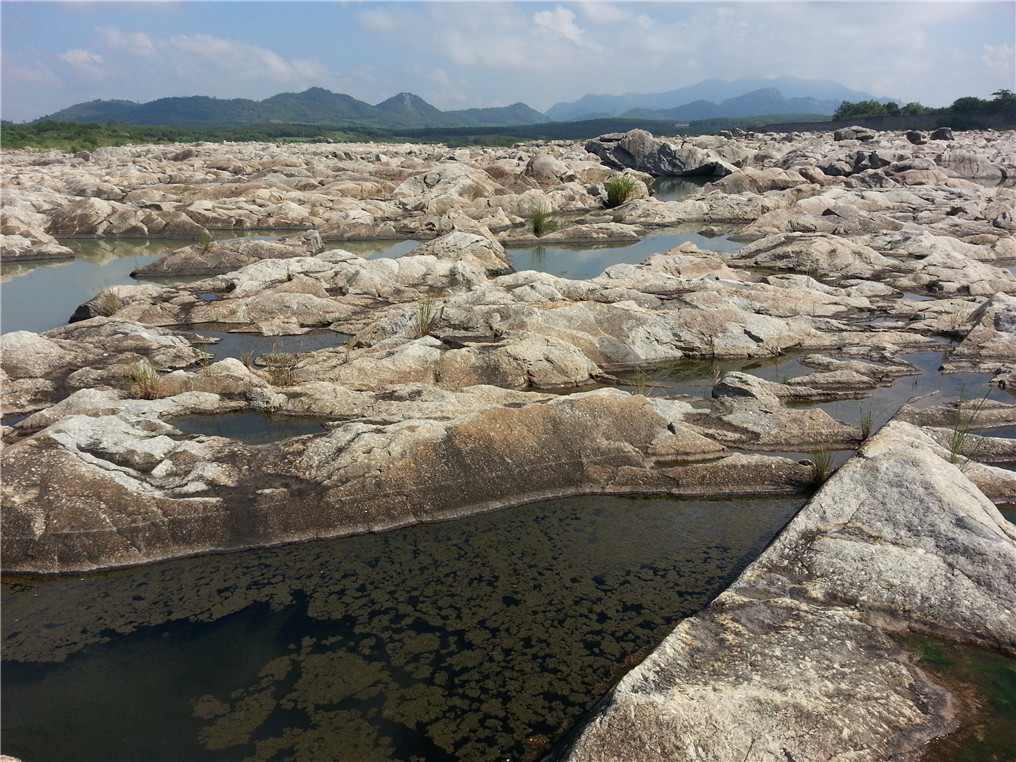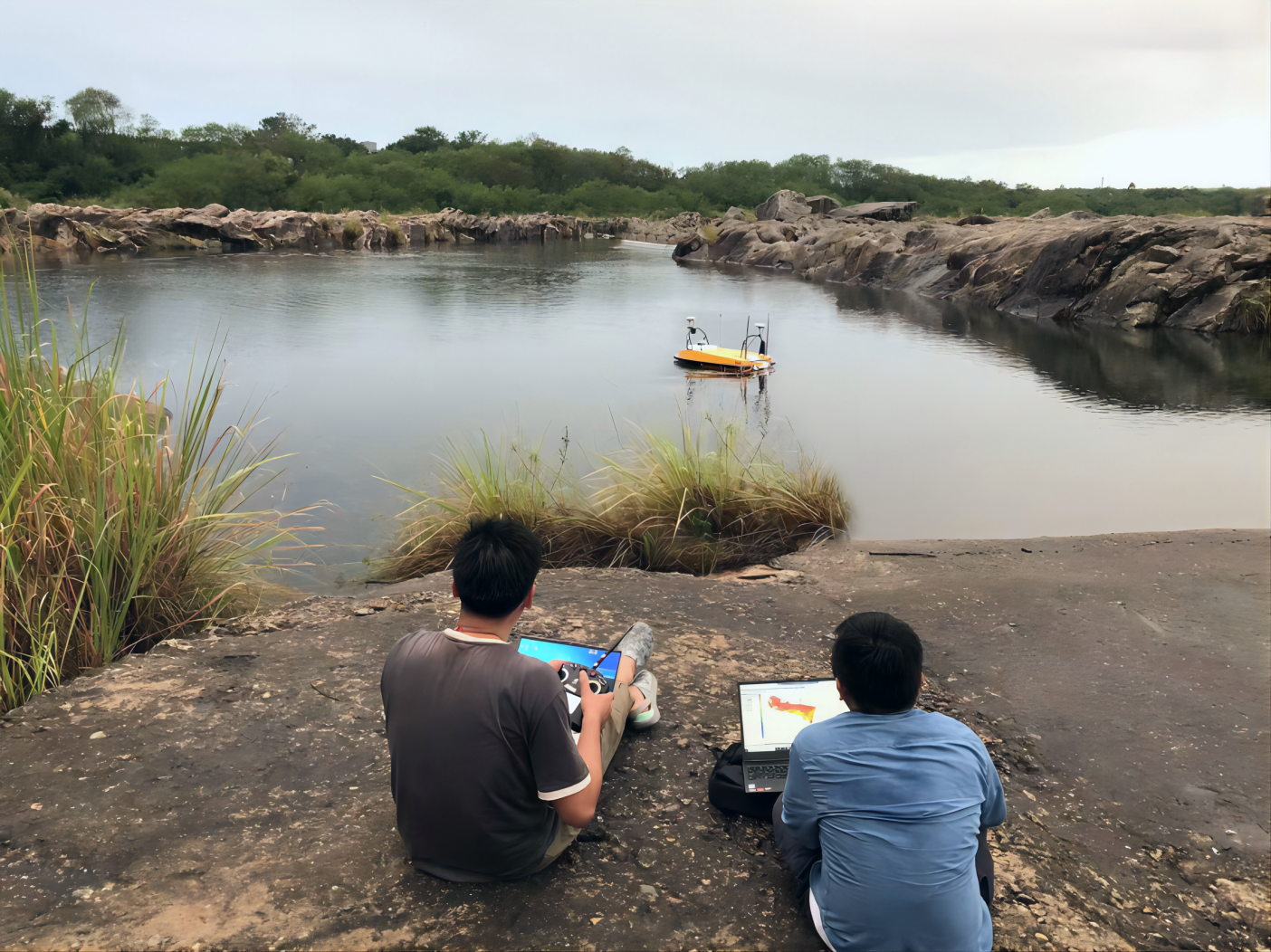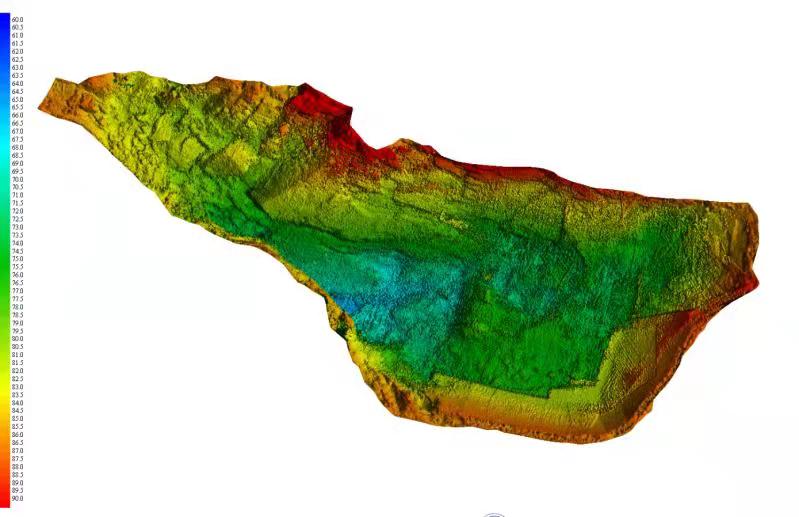Located in the middle reaches of the Changhua River in Hainan Province, the Daguang Hydropower Project, opened in 1994, provides integrated services such as power generation, irrigation, and water supply to millions of residents in the surrounding area.
Inspection personnel remote controls a 1.5-meter unmanned surface vehicle (USV) carrying a compact multibeam echosounder system to inspect deep pits in front of a dam in Hainan Province, China.
Affected by years of operational activities of the reservoir, as well as subsidence and damage caused by natural geological changes, many deep pits have appeared in the bedrock in front of the dam.
The National Energy Administration commissioned OceanAlpha, a leading unmanned surface vessels solution provider, to conduct 3D underwater topographic mapping to these deep pits using USV in order to acquire backup data for the geological and engineering safety management of the hydropower station.
Figure 1. SL40 unmanned surface vessel with a small MBES
Unlike the typical seabed or riverbed mapping, the uneven bedrock and narrow pit water surface pose new challenges for equipment transportation and survey route planning. As severely corroded bedrock prevents cars from entering, the equipment can only be transported manually. In such a scenario, a regular MBES system based on a manned boat is definitely not a wise call due to its excessive weight and complicated installation.
Figure 2. Severely corroded bedrock in front of the dam
The Oceanalpha technical team decided to use the SL40 unmanned surface vessel with a small MBES, the hydro-tech YH400P, to address the challenge.
“This solution is compact and easy to install & test, which can significantly reduce the operating cost of mapping while ensuring personnel safety. We only have to send two staff to get all jobs done”, said Mike Zhenjiang, Director of Engineering Services of OceanAlpha.
Due to the narrow water surface area and the dramatically curved shoreline, technicians manually controlled the USV to sail back and forth to collect underwater topographic data. The smooth operation and satisfactory data quality prove that the superior maneuverability of the SL40 can guarantee its outstanding performance even in cramped and high-risk water environments.
Figure 3. Technicians controlled the USV manually to acquire data
In half a day, the SL40 completed data acquisition from a pit that’s 26 meters deep. The data is of good quality, clearly showing the underwater situation of the complex pit, and providing high-precision data support for the following maintenance of the dam project.
Figure 4. Post-processed inspection result




